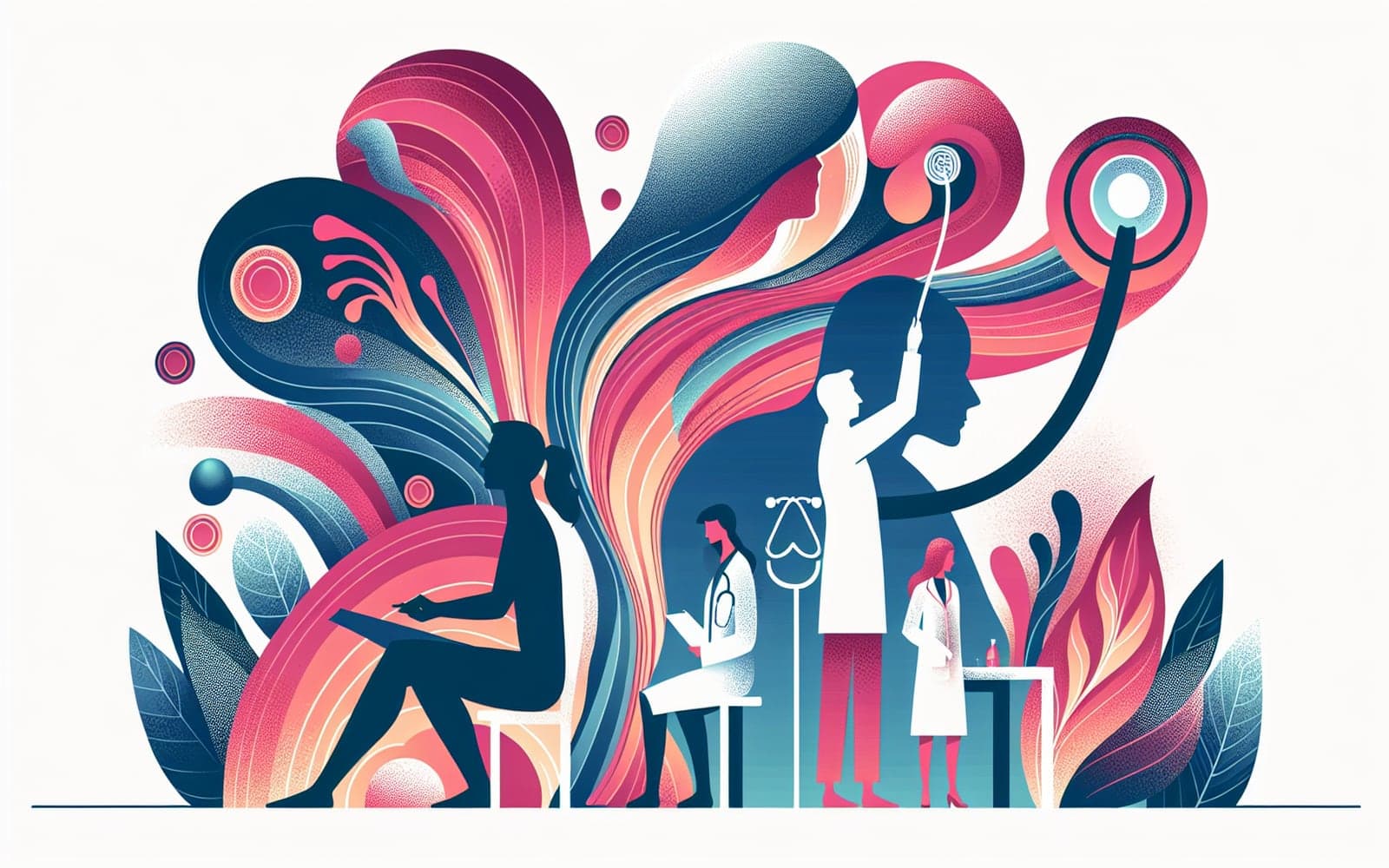Contents
-
What is Peyronie's Disease?
-
How Common is It?
-
Symptoms to Watch For
Is Peyronie's Disease More Common Than You Think?
Is Peyronie's Disease More Common Than You Think?
The Big Picture
Peyronie's disease is a condition that affects the penis, causing it to bend or curve during an erection, often leading to pain and erectile dysfunction. Understanding its prevalence and symptoms can help in seeking timely treatment.
Contents
-
What is Peyronie's Disease?
-
How Common is It?
-
Symptoms to Watch For
What is Peyronie's Disease?
Peyronie's disease (PD) is a disorder where scar tissue, known as plaques, forms inside the penis, leading to its abnormal curvature. This condition can cause significant pain and distress, especially during an erection. While some cases resolve on their own, many require medical intervention due to persistent symptoms and impact on quality of life.
How Common is It?
Contrary to what many believe, Peyronie's disease is not as rare as once thought. Recent studies show a prevalence rate of around 5% among men, with higher rates observed in those seeking treatment for erectile dysfunction. The condition is more frequently reported among older men, though it can occur at any age.
Symptoms to Watch For
The symptoms of Peyronie's disease can vary widely, but common ones include penile pain, noticeable curvature, and the presence of lumps or hardened areas. These symptoms can lead to erectile dysfunction and affect a person's sex life and self-esteem. Early detection and treatment are key to managing the condition effectively.
FAQs
What is the main symptom of Peyronie's disease?
The main symptom is a noticeable curve in the penis during an erection.
How common is Peyronie's disease?
It affects about 5% of men, making it more common than previously thought.
Can Peyronie's disease resolve on its own?
In some cases, it can resolve spontaneously, but many require treatment.
Who is most likely to get Peyronie's disease?
Older men and those with erectile dysfunction are more commonly affected.
The Bottom Line
Understanding Peyronie's disease can help in seeking timely diagnosis and treatment.
Additional References
-
Hauck EW, Weidner W. François de la Peyronie and the disease named after him. Lancet 2001; 357:2049.
-
Lindsay MB, Schain DM, Grambsch P, et al. The incidence of Peyronie's disease in Rochester, Minnesota, 1950 through 1984. J Urol 1991; 146:1007.
-
Greenfield JM, Levine LA. Peyronie's disease: etiology, epidemiology and medical treatment. Urol Clin North Am 2005; 32:469.
This article has been reviewed for accuracy by one of the licensed medical doctors working for Doctronic.












